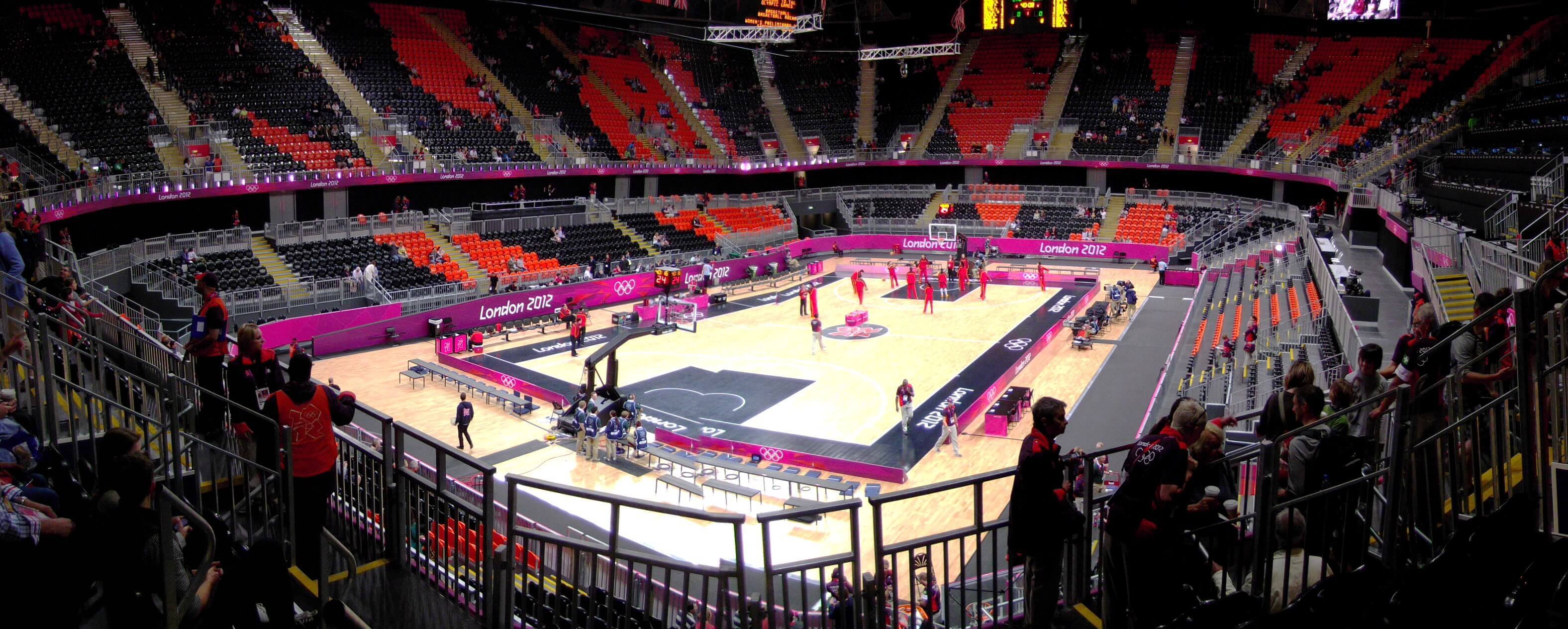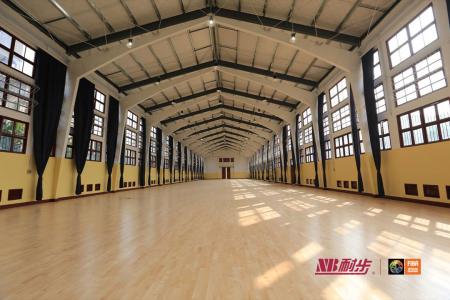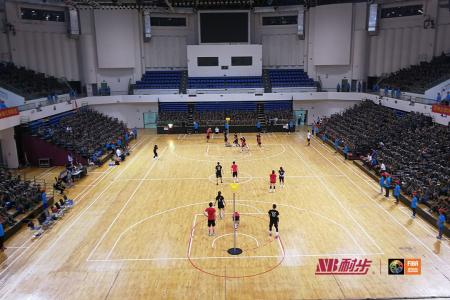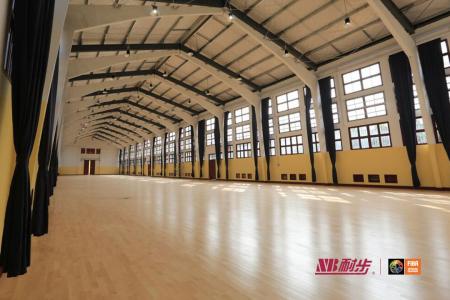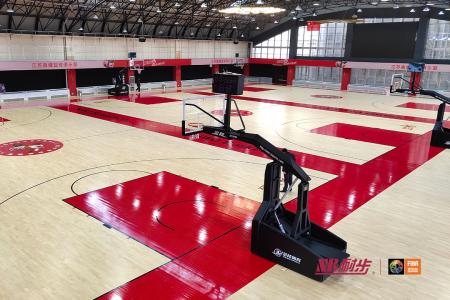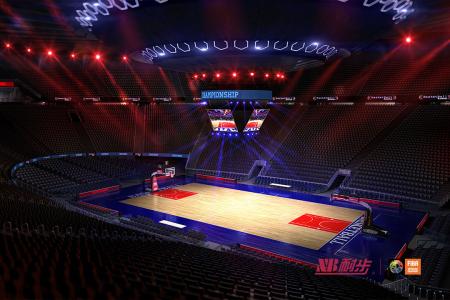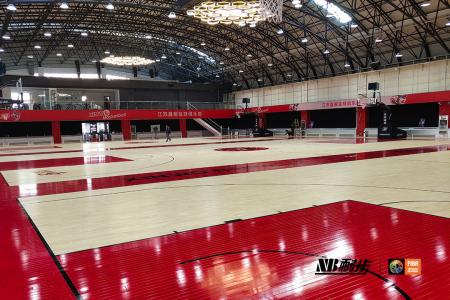Detailed explanation of badminton wooden floor performance standards

With the development of badminton With the increase in popularity and competition level, the performance requirements of badminton flooring are getting higher and higher. Badminton wooden flooring not only affects the performance of athletes, but is also related to their safety and health. This article will provide a comprehensive and detailed introduction to the performance standards of badminton wooden flooring to help everyone better understand and choose the appropriate badminton wooden floor.
1. Selection of wooden floor materials
1. Material requirements
- Maple and oak: Badminton wooden floors are usually made of maple or oak. These two types of wood have the advantages of high hardness, good elasticity, and wear resistance, and can effectively reduce athletes' fatigue.
- Environmental protection: Wooden flooring materials should meet environmental protection requirements and avoid using wood containing harmful substances such as formaldehyde to protect the health of athletes.
2. Moisture content control
- Moisture content standard: The moisture content of wooden flooring should be maintained between 6% and 12%. Too high or too low moisture content will cause the floor to deform and crack, affecting its service life and sports performance.
- Humidity adjustment: During installation and use, attention should be paid to controlling indoor humidity and maintaining appropriate environmental conditions.
2. Floor structure design
1. Single-layer structure and double-layer structure
- Single-layer structure: usually used in non-professional venues with lower cost , but its elasticity and stability are poor.
- Double-layer structure: widely used in professional competition venues, it has better elasticity and stability, can effectively absorb impact and protect athletes' joints.
2. Keel structure
- Fixed keel structure: The keel is fixed on the ground, and the floor is installed on the keel. The structure is stable and suitable for large venues.
- Suspended keel structure: The keel is suspended on the ground, has better elasticity and shock absorption performance, and is suitable for high-intensity competition venues.
3. Floor surface treatment
1. Wear-resistant layer
- Coating material: The use of environmentally friendly wear-resistant paint coating can effectively improve the floor's resistance to wear and tear. Abrasion resistance, extending service life.
- Friction coefficient: The friction coefficient of the floor surface should be between 0.4-0.7, which can provide sufficient grip without being too slippery to ensure the safety of athletes.
2. Anti-slip treatment
- Anti-slip effect: Through special technological treatment, the anti-slip performance of the floor surface is improved to prevent athletes from slipping and getting injured during high-speed sports.
- Cleaning and maintenance: Regular floor cleaning andMaintenance to maintain the anti-slip effect of the floor surface.
4. Floor Performance Test
1. Impact Absorption
- Test method: Use standard impact absorption testing equipment to simulate the impact of athletes during sports , detect the absorption effect of the floor.
- Standard requirements: The impact absorption rate should reach more than 53%, which can effectively alleviate the impact of athletes during jumping and running and reduce sports injuries.
2. Vertical deformation
- Test method: Use professional equipment to measure the deformation of the floor in the vertical direction, which reflects the elasticity and flexibility of the floor.
- Standard requirements: The vertical deformation should be controlled between 2.3mm-5mm to ensure that the floor has moderate elasticity during exercise, which will neither affect the performance of athletes nor be too soft to cause sports injuries.
3. Rolling load
- Test method: simulate the rolling of heavy objects on the floor to test the pressure resistance and recovery ability of the floor.
- Standard requirements: The floor should be able to withstand a rolling load of more than 1500N, have no obvious surface damage, and be able to maintain good use condition for a long time.
4. Rebound of the ball
- Test method: Drop the badminton freely from a certain height and measure the rebound height of the ball to reflect the elasticity and rebound effect of the floor.
- Standard requirements: The rebound height should be above 75% to ensure that the ball rebounds well on the floor and meets the needs of competition and training.
5. Installation and maintenance
1. Installation specifications
- Ground treatment: Before installation, ensure that the ground is flat, dry, clean, and free of oil and debris. , perform ground leveling if necessary.
- Installation method: Use professional installation tools and techniques to ensure that the floor is installed firmly, with tight joints and no looseness or warping.
2. Routine maintenance
- Cleaning method: Use special detergents for cleaning regularly, and avoid using detergents containing acid and alkali ingredients to avoid damaging the floor surface.
- Maintenance measures: Regularly wax and polish to maintain the smoothness and anti-slip properties of the floor surface and extend its service life.
3. Damage repair
- Small area repair: For small area scratches and damage, special repair materials can be used for filling and polishing.
- Large-area replacement: For large-area serious damage, the damaged floor should be replaced in time to avoid affecting the overall use effect and safety.
6. Conclusion
The performance standards of badminton wooden flooring cover many aspects such as material selection, structural design, surface treatment, performance testing, installation and maintenance. Only if these standards are fully met,Only in this way can the performance and effect of wooden flooring be guaranteed in actual use. I hope this article can help the majority of badminton enthusiasts and venue managers better understand and choose badminton wooden flooring to provide athletes with a safe, comfortable and efficient sports environment.

